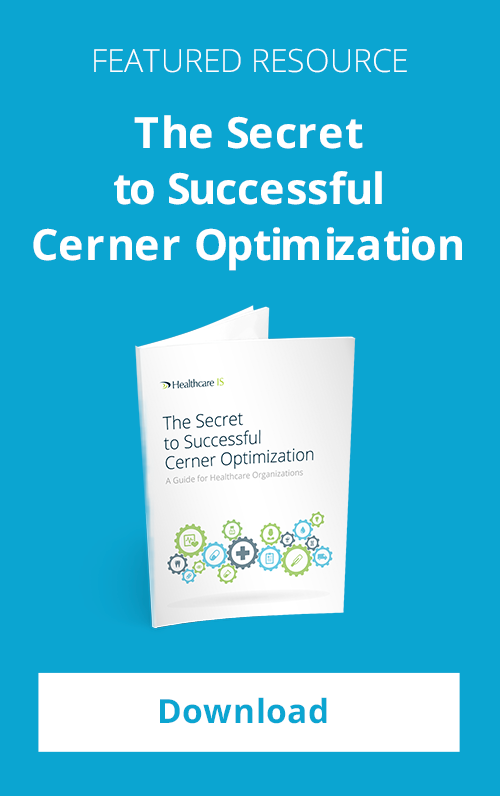 In a recent blog posting, we spoke about managing multiple pharmacy projects and how to get everything done with limited resources. CPOE implementation is one of those “huge” endeavors that can result in new pain points.
In a recent blog posting, we spoke about managing multiple pharmacy projects and how to get everything done with limited resources. CPOE implementation is one of those “huge” endeavors that can result in new pain points.
Expectations of the CPOE implementation process:
A director of pharmacy operations shared this story with me: “I bought a new washer-and-dryer from a big-box store. They sell it to me, then they deliver, then they install. When they are on-site, they hand me an owner’s manual and say, “You will want to read through this, but let me go over with you a few important instructions on this check list so you do not have problems right out of the gate.”…This is probably a huge oversimplification, but you get the point.”
We should expect the same from our system vendors. The vendor should show up with a detailed project plan in place, clearly outlining the process, resource requirements, and lessons learned from other installations/implementations. If the required resources are not available from your current staff, reach out to other hospitals that have implemented the system and get recommendations of firms with consultants with extensive experience implementing their system. But remember, you want to own the system and be intimately involved in the implementation process. The vendor and consultants should guide you based on experience with other “like” implementations.
Integrated or Interfaced?
“We were sold an ‘integrated’ system. Now that we started the implementation, we’ve quickly realized that it’s not integrated — in reality, it’s a system with multiple interfaces connecting disparate systems.” Have you heard this before?
What are some impacts of such a system? The pharmacy department is impacted by the existence of several drug databases. You need to maintain the drug master in the clinical system, pharmacy system, unit-based cabinets, and smart-pump drug dictionary. You also need to maintain the Route master, SIG file, and Physical Units. Even if you have a truly “integrated” clinical and pharmacy system in one database, your organization may still have to interface with other systems, such as lab, physician offices, and third-party billing systems. How are you managing this process? What change-control procedures do you have in place? Answering these questions and developing robust change-control processes will facilitate the management of multiple databases.
Expectations of the vendor post-go-live:
Too often, vendor support disappears once the system is implemented. You get converted to post-go-live support, generally opening tickets with a vendor call center. To avoid this, push the vendor to have an account manager-type person assigned to you for ongoing questions and insight into upcoming upgrades and enhancements.
Subscribe to the vendor’s ListServs to converse with other system users. You’ll find that many other users are in the same boat as you and are willing to share their learnings and “fixes.” Join other ListServs, such as ASHP, to reach out to other pharmacists with your questions. Attend User-Group meetings to network and collaborate with other system users.
Key learnings:
• Ensure that the vendor has a clear project plan and you have engaged experienced resources to support the implementation.
• Whether the system is “grated” or “interfaced,” realize that with the interface engines and change control processes, the same outcome can be reached.
• Expect your vendor to not only provide support during the implementation, but to also be your resource for upgrade and enhancement knowledge and support.
• Reach out to other pharmacy users through ListServ and User-Groups.
For more discussion on the topic of “integrated” vs. “interfaced,” please click here to download Interoperable System — Interface or Integrated?


Comments